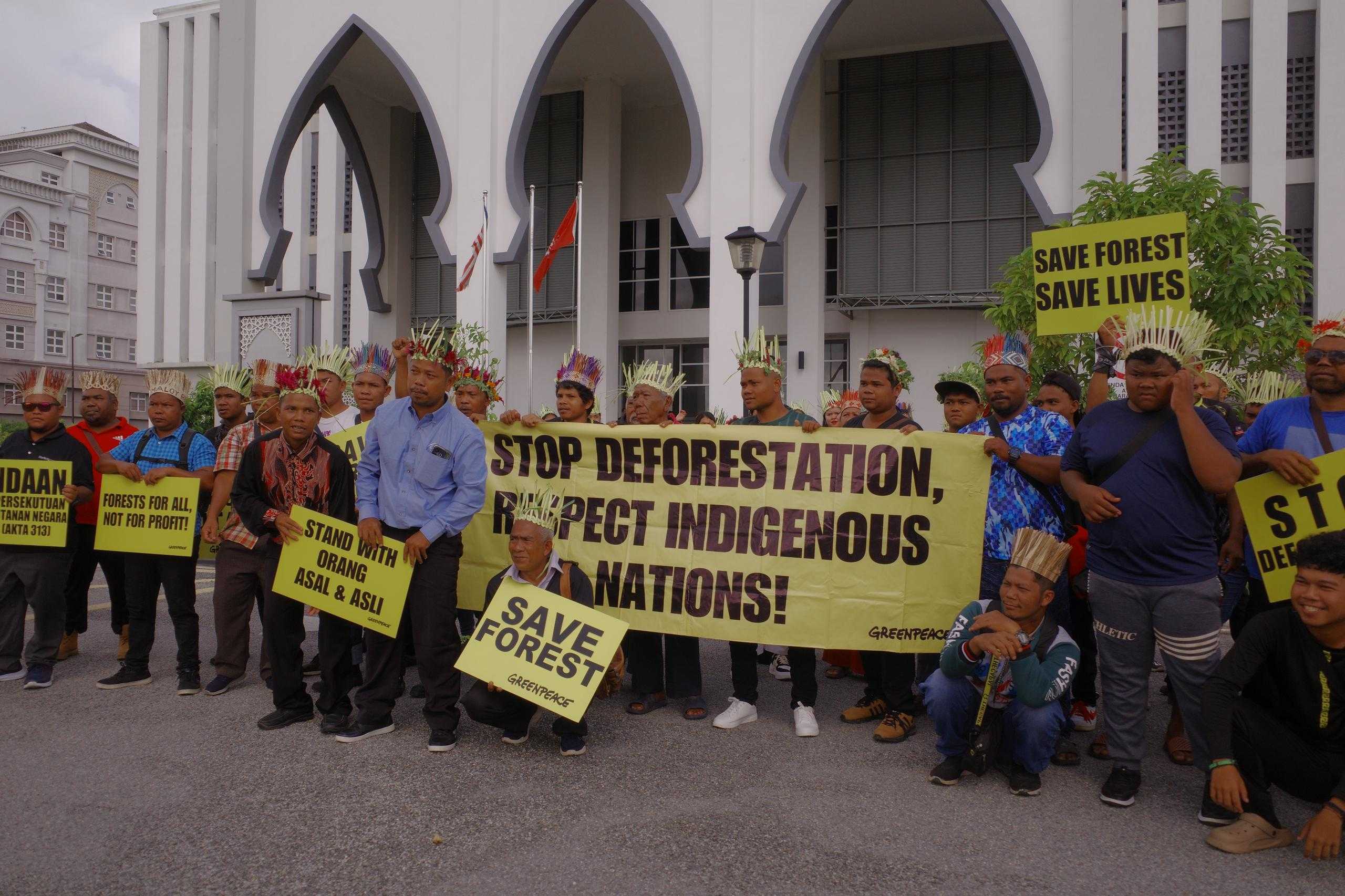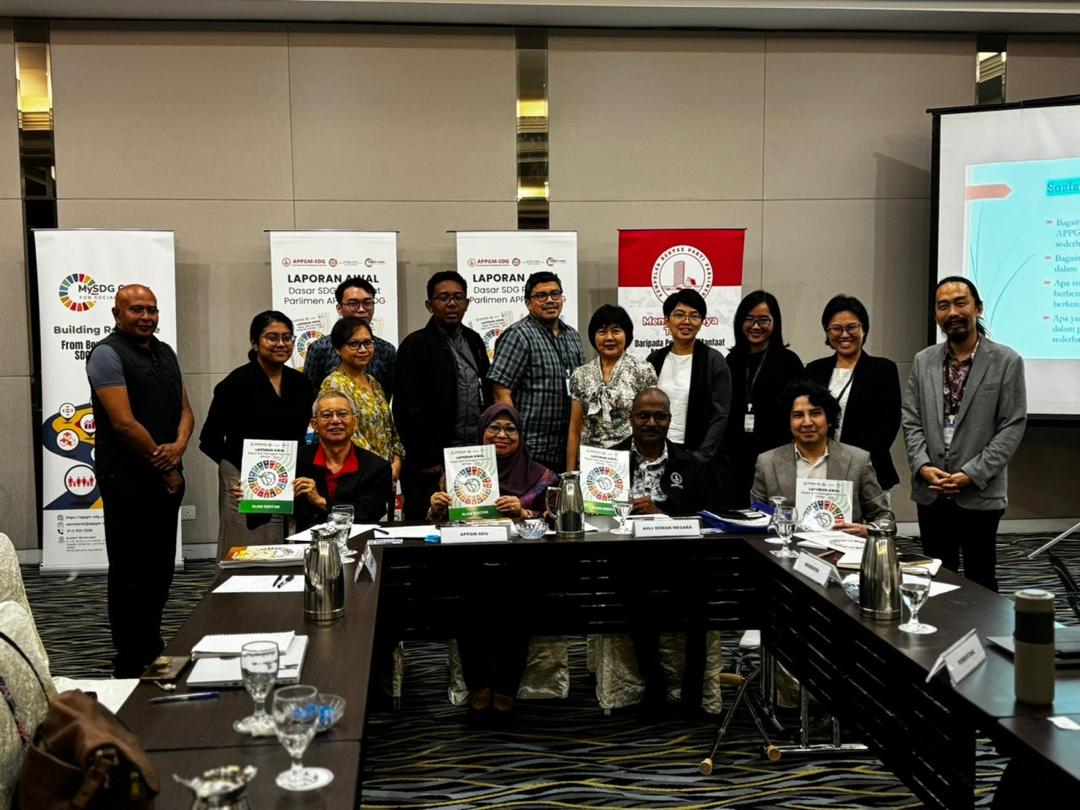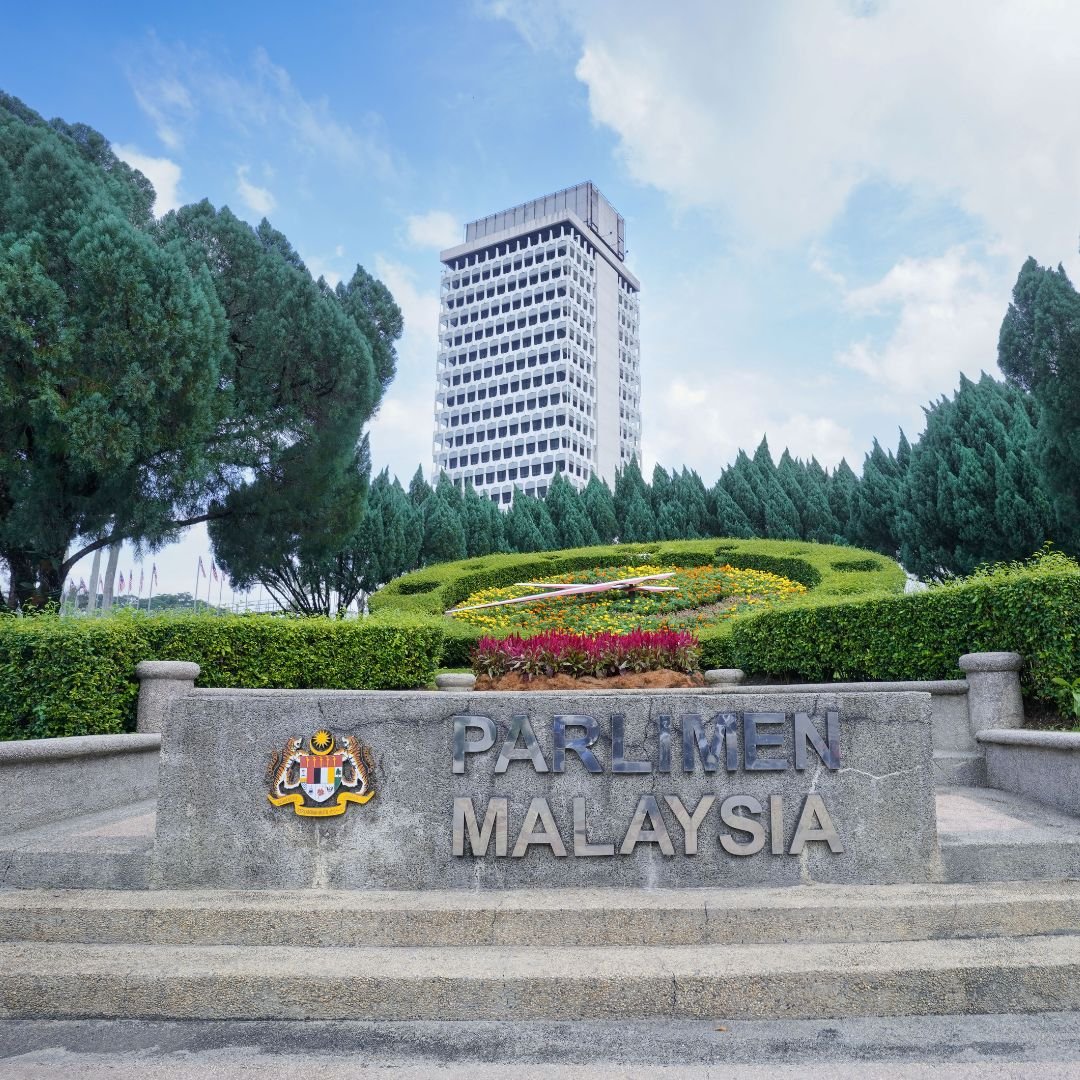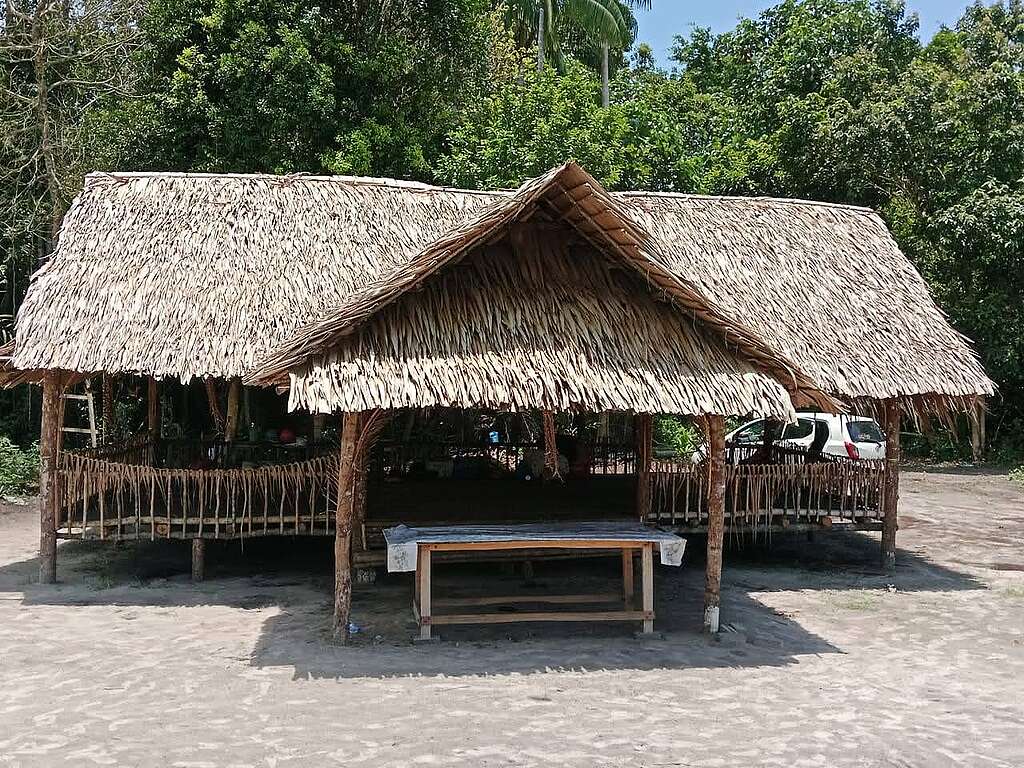
There exists a narrative concerning a Buluh Madu (honey bamboo) that sought to comprehend the density of the jungle’s soil. In its pursuit of this understanding, it embedded itself within the jungle’s soil, thereby becoming an integral component of the expansive verdant landscape. The Forest Team, including myself, is this Buluh Madu.
Since February 2024, we have been living with indigenous communities in certain areas of Peninsular Malaysia. Merely observing the news does not provide a comprehensive understanding of the issues they face. The Team aspires to penetrate and become one with them to understand their suffering.
Each journey helped bridge the knowledge gap between us and these indigenous communities. With each step, we engaged in profound reflection on the history of Malaysia, the rights of indigenous peoples, and their native customary land, among other issues.
People blame us for causing the extinction of a protected animal due to hunting.
The Temiar indigenous community in Kelantan
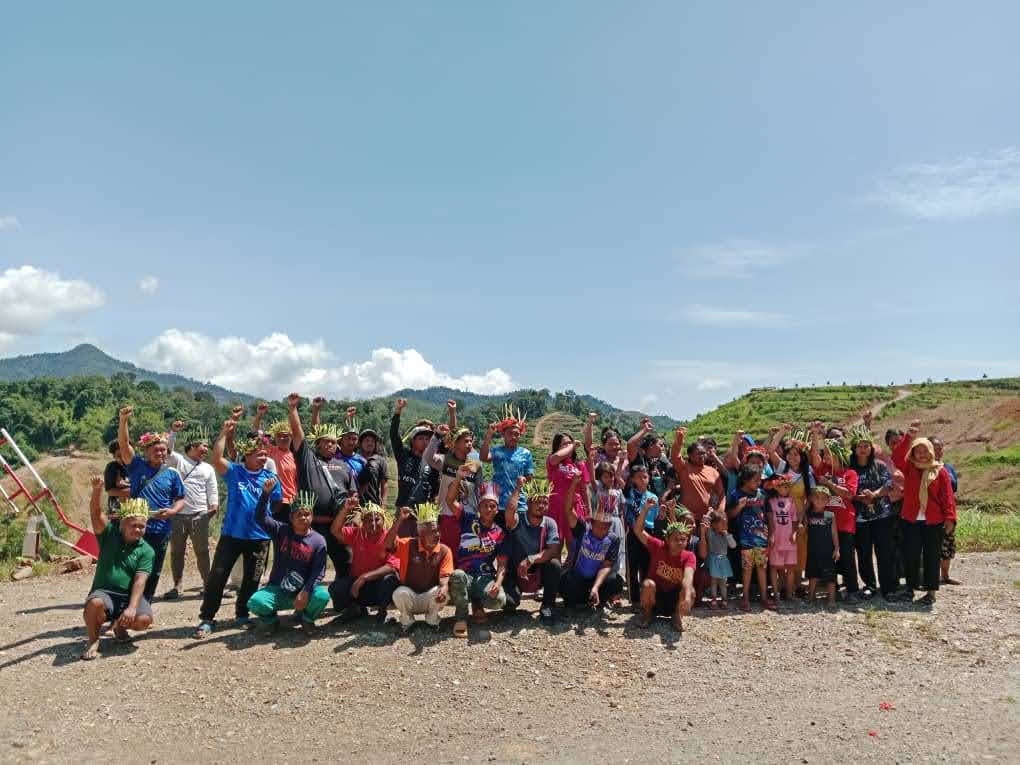
The Kampung Kelaik community belongs to the Temiar sub-ethnic group, which falls under the broader classification of Senoi recognised by JAKOA. They are identified as Temiar Orang Asli, predominantly mountain inhabitants living in a region characterised by steep hills and mountainous terrain, according to Iskandar Carey (1976).
The community is organised into three distinct clusters, each demarcated by the river that functions as an essential water source for daily activities. Each cluster, unfortunately, has encountered issues of water pollution attributable to the encroachment of four companies on their native customary land: two mining companies and two plantation companies.
They have commenced legal proceedings against the Kelantan State Government, the Kelantan Forestry Department, the Kelantan Land and Mines Department, and JAKOA on grounds of inadequate governance, as well as against the 10 companies that encroached on their ancestral land.
“Aleuj (the Temiar tribe’s God) imparted the names of our landscapes to our ancestors through their dreams,” Encik Ahak said, smiling.
The Temiar perceive the landscape not merely as a habitat for humans, but as an environment where plants, animals, and humans coexist harmoniously, collectively benefiting from the abundant resources provided by Aleuj.
Adhering to this value, Encik Ahak emphasised, “I choose not to employ violence with my children, animals, plants, and other beings. Aleuj has entrusted me with these invaluable lives. It is my solemn duty to safeguard them.”
The Jakun indigenous community in Pahang
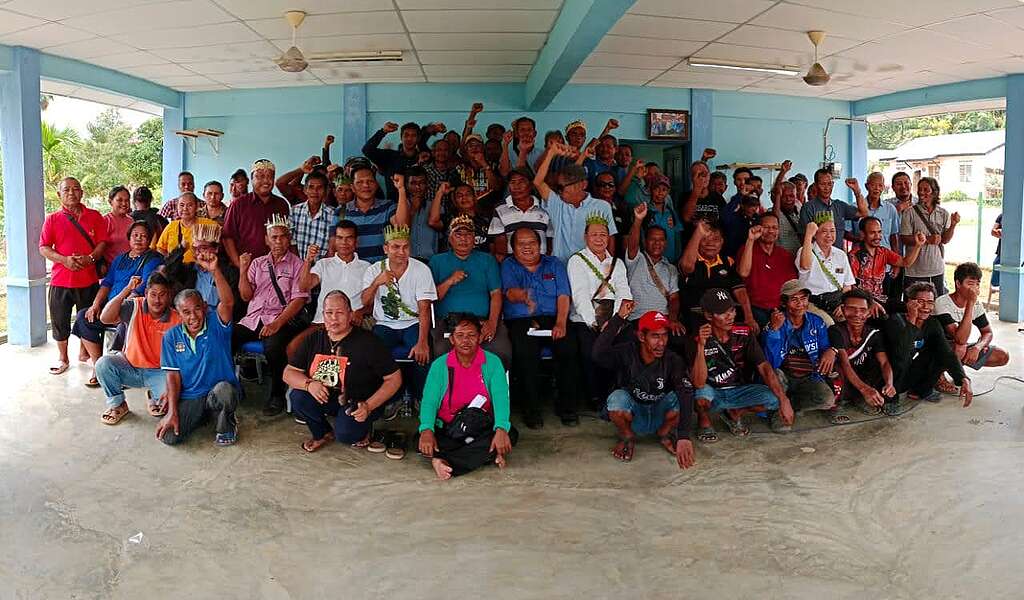
The Jakun tribe, originally referred to as Orang Hulu, which translates to ‘people of the upriver’ in Malaysia. In contemporary local Malay dialect, the term ‘Jakun‘ has come to signify ‘slave’, or an ‘uncivilised’ or ‘unsophisticated person’.
The Orang Hulu constitute an ethnic group recognised as Orang Asli of Peninsular Malaysia. They are classified within the Aboriginal Malay subgroup and are officially designated as Proto-Malay.
People blame us for encroaching on their land without permission.
The Pahang State Government has delegated its fiduciary responsibilities to private entities, often without sufficient consultation or consent from the Jakun Indigenous community. They encountered exploitation, a sense of disrespect, and disappointment in the following situations:
1. The Pahang Orang Asli Corporation (ORACO)
The Pahang Orang Asli Corporation (ORACO) has been designated to manage and advance the socio-economic development of lands within Pahang State. However, as a private entity, ORACO’s involvement has regrettably introduced ambiguity between profit-driven motives and the advancement of indigenous communities.
This situation has created numerous challenges, straining the relationship between these communities and the Pahang State Government. As a result, the indigenous communities’ economic income has been adversely affected by legal regulations that are neither conducive nor profitable, offering no tangible benefits.
Tok Batin from Kampung Kundang said:
“ORACO has encroached on our ladang and taken a lorry of oil palm. The women from our ladang witnessed the incident and quickly blocked the gate. We couldn’t let them leave unless they returned our oil palms. That’s 150 participants of the Tanam Semula Kelapa Sawit’s hard work and effort.”
“I go to your house and knock on your door before entering. They didn’t even practice this simple gesture of respect.”
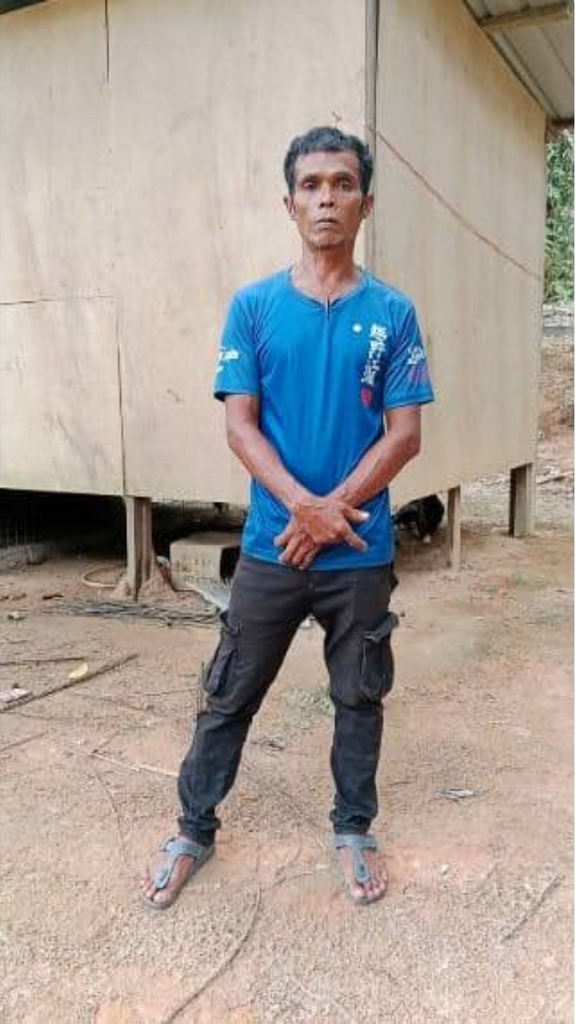
People blame us for causing forest fires by burning trees.
Enggang Holdings Sdn Bhd (Enggang Holdings)
The involvement of Enggang Holdings in the Pahang Peatland Restoration Project, which spans approximately 110,000 hectares (the size of Singapore), raises concerns about preserving cultural heritage and traditional lifestyles as Forest Guardians, whose homes are within the project area.
The native customary lands of the indigenous communities intersect with their initiatives, presenting potential threats to their traditional way of life. The forest serves as a crucial source of essential resources, sustaining the indigenous community through foraging, hunting, and self-sustained agriculture. The conventional ‘slash and burn’ agricultural practices, for example, have been prohibited on the land.
Their existence is intrinsically linked to the natural environment; any disruption to this connection exacerbates uncertainties surrounding the cultural heritage and way of life of the Jakun indigenous tribe.
Tok Batin from Kampung Permatang Siput commented:
“We, the indigenous people, always welcome and support initiatives within the environmental, social, and economic domains. However, with regard to our native customary land and the well-being of future generations, we earnestly hope that the State government will prioritise the formal gazetting of our land.”
“If not, we will remain in this cycle of land rights issues, our next generation will face the same challenges. And their generations will also face the same thing.”
“It’s time to put a halt to this cycle.”
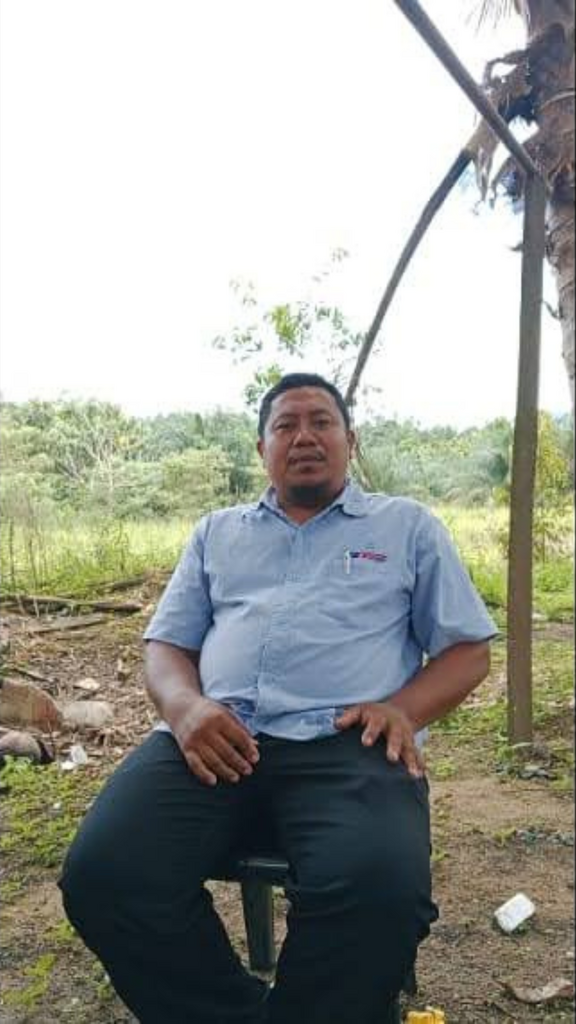
Treating the symptom and not the cause will not solve the problem.
Year after year, encroachment after encroachment, meeting after meeting—whether from mining, plantation activities, or forest conservation initiatives—the issue invariably returns to the matter of their native customary lands. These lands, steeped in history and cultural significance, continue to be exploited and diminished by external forces. The promises made to these communities remain unfulfilled, leaving them vulnerable and placing their traditions at risk of fading into obscurity.
Malaysia nurtures the ambition of creating a just society where the prosperity of the nation can be enjoyed fairly and equitably. Given the socio-economic and cultural constraints imposed on the native customary lands of these indigenous communities, my questions are:
- For generations, the indigenous community has demonstrated responsible stewardship and utilisation of their lands. However, the advent of an individual or corporation equipped with a grant to assert sovereignty over these native customary lands. Is this fair or just toward the indigenous people?
- Which legal framework will safeguard the indigenous people when indigenous rights are not yet acknowledged in Malaysia?
- Where will the indigenous peoples and their future generations reside when development or conservation initiatives encroach upon their lands, should state governments fail to formally recognise and protect their native customary territories?
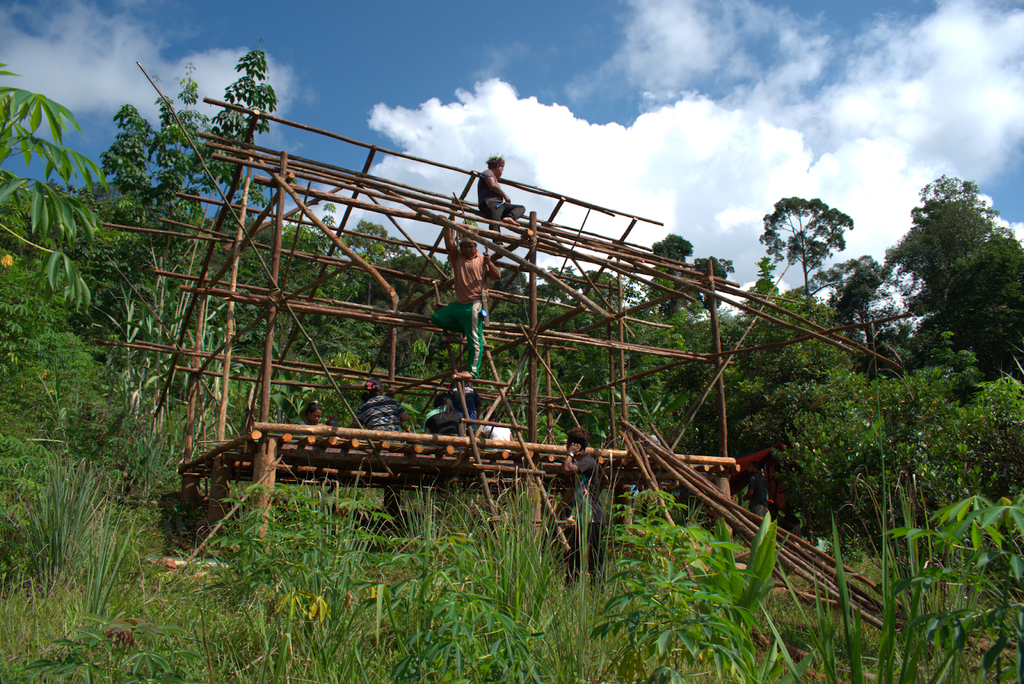
We are not separate; we are inextricably interrelated. The Buluh Madu is the soil, the Kadupul Flower is the garbage. The marginalised woman is the rich man. The grant land is the native customary land … because we all inter-are.
Malaysia will one day understand the nature of interbeing.
Malaysia will one day recognise the indigenous people as bumiputra.
Malaysia will one day share the indigenous people’s pain and the pain of the whole universe.


